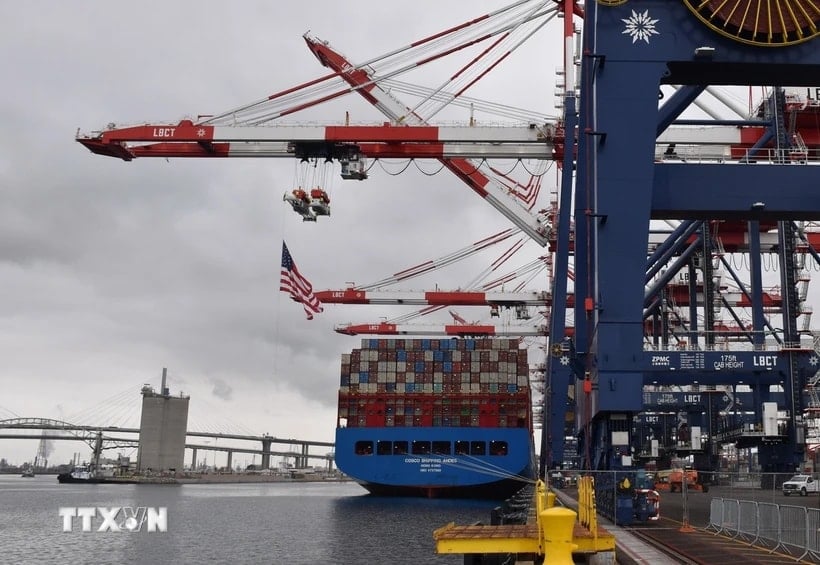
Although the US and China recently reached a temporary agreement to sharply reduce tariffs on each other's goods after two days of high-level talks in Geneva, Switzerland, trade activities at the two busiest seaports in the US, Los Angeles and Long Beach, have yet to show significant signs of recovery.
At a press conference on May 19, Port of Los Angeles CEO Gene Seroka said the port does not expect a boom in imports while the temporary tax suspension agreement between the US and China is in effect.
“There will be a small increase in orders from Asia,” Mr. Seroka said, but it is mainly goods that were produced and ordered before the United States announced in early April a 145% tariff on goods imported from China.
The Port of Los Angeles and the nearby port of Long Beach handle about 31% of all U.S. seaborne cargo.
Shipping operations at these two ports not only play a key role in the global supply chain, but are also an important indicator of the trade "health" of the US economy .
The two ports handle everything from imported toys, clothing and auto parts to exports of raw cotton, livestock and animal feed.
According to official data, in the first 15 days of May, the ports of Los Angeles and Long Beach received 74 container ships, down 11 ships from the average.
Mr. Seroka forecasts import volumes for the entire month of May to decline significantly, after recording a drop of more than 30% in the first week of the month.
And the CEO of the Port of Long Beach, Mr. Mario Cordero, estimated the decrease in the number of container ships calling at this port in May was over 10%.
The trade slump has also had a clear impact on major retailers like Walmart, the largest retailer in the US and the largest player in container shipping in the country.
Walmart will raise retail prices starting in late May to offset the cost of tariffs, while cutting orders for items that consumers are not willing to pay higher prices for, according to a new announcement.
According to the leaders of the above ports, this means the risk of reducing the choice of goods on supermarket shelves, lacking production components and affecting jobs at American factories.
According to data from the Budget Lab, a policy research center at Yale University in the US, US consumers are currently paying an average import tax of 17.8%. This is the highest level since 1934./.
Source: https://hanoimoi.vn/cang-bien-my-vang-bong-tau-hang-gia-ban-le-hang-hoa-du-kien-tang-702968.html





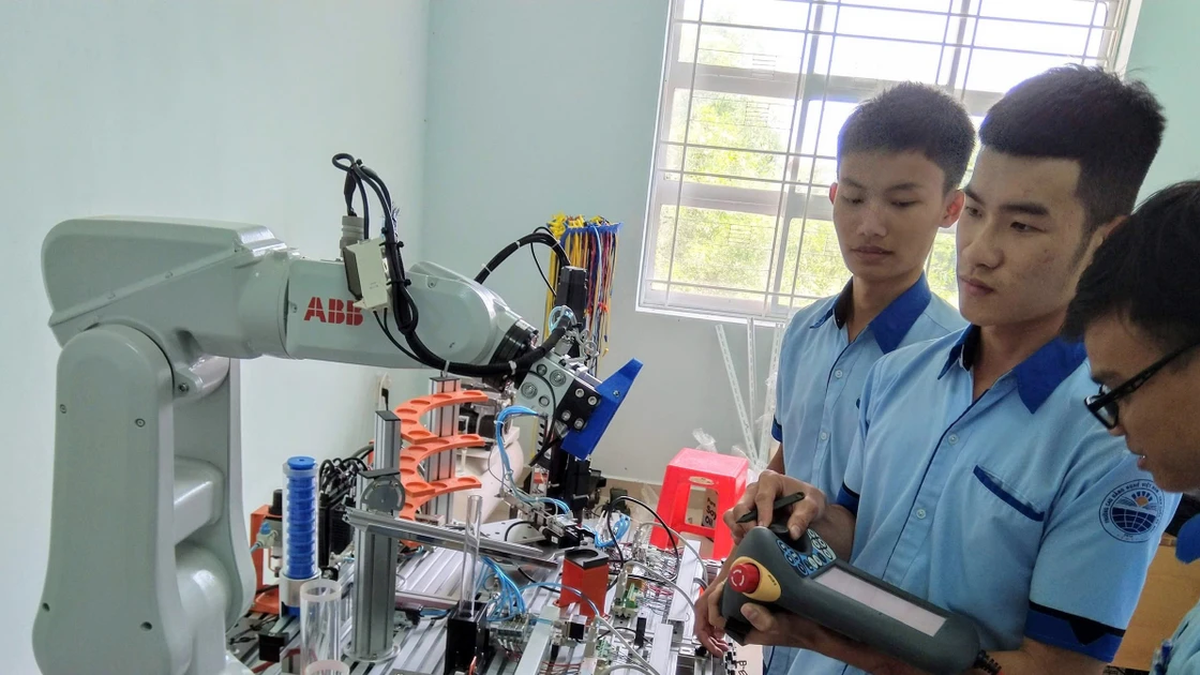
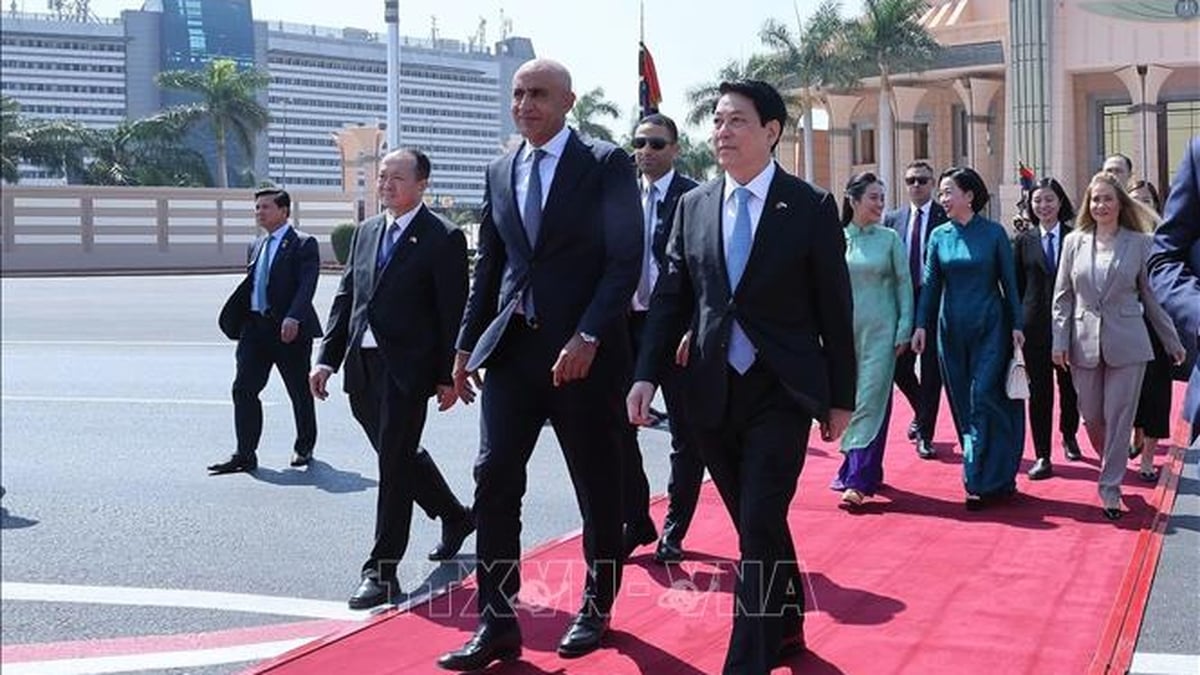


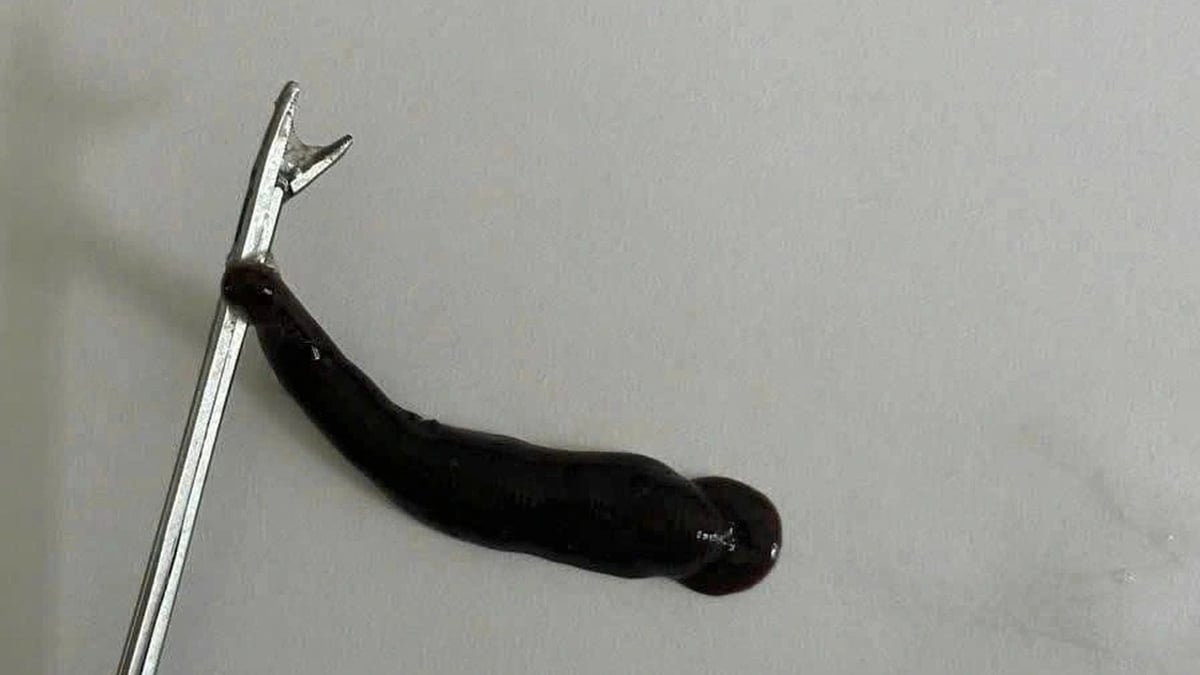




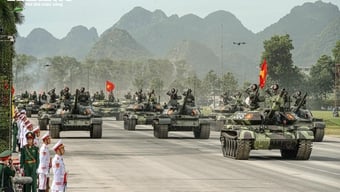










![[Photo] Discover the "wonder" under the sea of Gia Lai](https://vphoto.vietnam.vn/thumb/1200x675/vietnam/resource/IMAGE/2025/8/6/befd4a58bb1245419e86ebe353525f97)


![[Photo] Nghe An: Provincial Road 543D seriously eroded due to floods](https://vphoto.vietnam.vn/thumb/1200x675/vietnam/resource/IMAGE/2025/8/5/5759d3837c26428799f6d929fa274493)

























































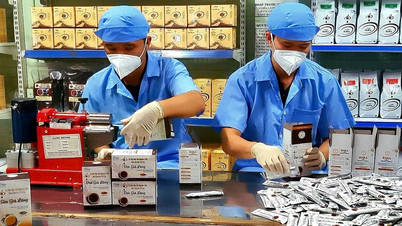


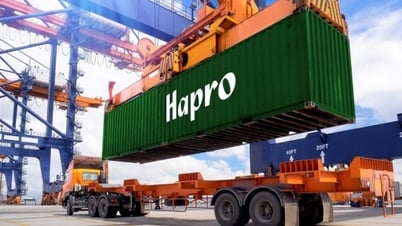








Comment (0)